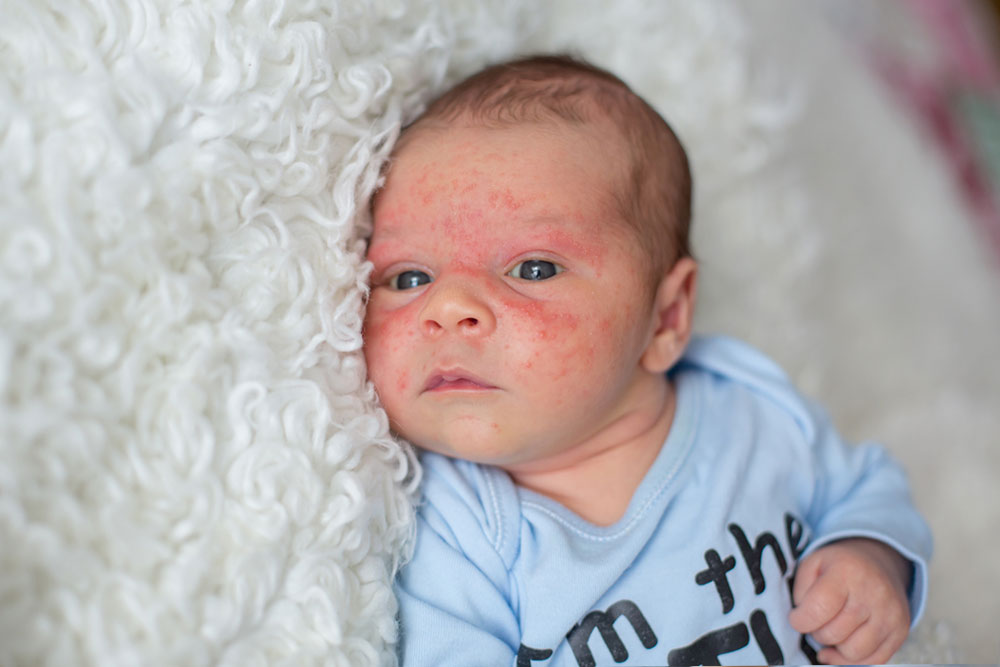How Baby Eczema Differs With Age and Steroid Treatment
Eczema is a skin disease that affects children usually before the age of 5. However, the disease behaves differently in infants, babies, toddlers, and in older children. It is important to understand how this disease differs with age groups in order to be able to treat this disease effectively. The difference usually comes in the location and appearance as the children grow.
In the first 6 months or the infant stage, this disease targets the scalp, face, forehead, cheeks, and chin.

Steroid creams, ointments or emollients are usually prescribed by doctors for treatment of eczema in babies. Although it might seem like a concern, when used in right quantities, these creams have been found to be safe. One of the major side effects of using these creams is the thinning of skin when left on the skin for a very long period of time. However, there is no proof to show that this effect is permanent. If prescribed, make it a point to use the cream only under the supervision of a doctor in order to not use an excess amount of the cream. It is supposed to be used only on the infected areas and not more than twice a day. You can follow it up with the application of an emollient cream which can be applied in any quantity. One other uncommonly used treatment for extreme itch is an oral antihistamine.